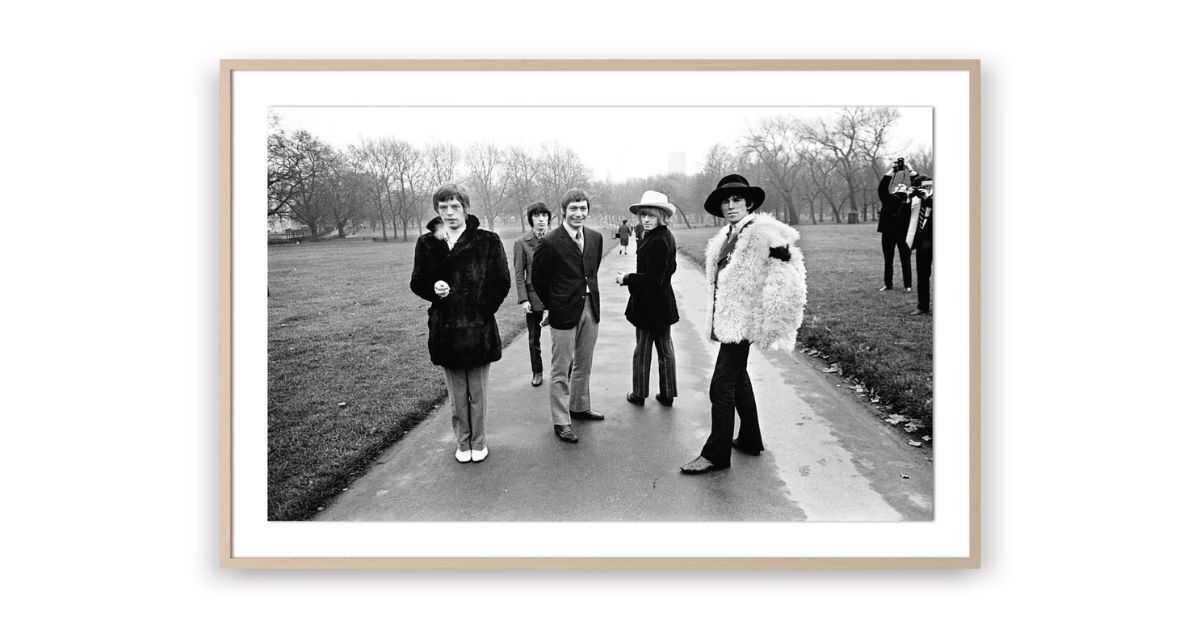Displaying art is one of the best ways to decorate a home or commercial space through personal expression. People have many ways to experience and consume art, from gallery exhibitions to museums and their home decor. Art plays an important role in how we interact with aesthetics and bring our personal spaces to life.
However, not all art is the same, and that’s the beauty of it. There’s a difference between a poster that you can buy from a department store and a carefully curated art print. While both serve decorative purposes, there are some big disparities when it comes to quality, intention, and general purpose.
Understanding what sets fine art prints apart from mass-produced wall art requires appreciating these subtle differences. After all, these important details can help veteran and beginner art enthusiasts alike make distinct choices when curating their space and finding what pieces work best for their needs.
The Artist’s Hand in Fine Art
One of the main things to know about a fine art print is that the artist will always have a hand in making it. They may be the ones in charge of selecting the printmaking techniques, whether it’s etching or lithography. These works serve the artist’s creative vision, so the artist oversees each step in the production.
Mass-produced art is manufactured at higher volumes and usually has little to no input from the artist after they finalize the original design. The presence of the artist in fine art prints elevates these pieces beyond decoration to objects of meaningful artistic value.
The Value of Limited Editions
One of the defining characteristics of fine art prints is the idea of limited availability. This trait creates scarcity, a common factor to consider for collectability. Many limited print runs assign a number to each piece and may even come with an artist signature to further highlight their finite nature.
This numbering adds to the piece’s provenance and increases its rarity, making it a coveted addition for collectors. By its very nature, mass-produced pieces have a potentially endless supply. There’s a sense of abundance that takes away from the artistic or emotional value and turns an artistic endeavor into more of a commercial product.

The Use of High-Quality Materials
Materials are an important factor to consider when looking at art prints over mass-produced pieces. Artists or studios generally choose their materials carefully when making art prints to avoid negatively affecting the textural presentation of the work. They may use high-quality paper, organic pigments, or canvases. These materials showcase the art beautifully and retain its condition over time, lowering the risk of fading or degrading.
Oppositely, most mass-produced art pieces use a generic sleek poster paper or low-grade canvas. These materials are affordable and accessible but are likely to result in lower color fidelity and a shorter lifespan.
The Emotional Connection of Originality
Due to their strong connection with the artist, there’s a much deeper emotional connection to fine art prints with their audience that’s difficult to replicate in a mass-produced work. Buyers of fine art prints frequently view their acquisitions as extensions of the artist’s identity and, by extension, their own.
This personal connection creates a deeper appreciation for the piece and the artist’s overall efforts. Mass-produced pieces lack that sense of originality and focus more on broad, impersonal appeal that audiences are less likely to connect with as emotionally.
Impact on Artistic Legacy
Another factor that sets fine art pieces apart from mass-produced wall art is the sense of continuation to the artist’s legacy. Each piece of fine art contributes to the artist’s boarder body of work and reflects the evolution of their style and technique over time.
Collectors who invest in fine art prints are, in essence, supporting the artist’s career and enabling the continued progression of their creative exploration. Mass-produced pieces generally lack this connection and don’t highlight an artist’s legacy as effectively.
More often than not, mass-produced pieces replicate and repurpose an artist’s most famous designs as commercial products. The works found in these mass-produced prints can sometimes overshadow the rest of the artist’s catalogue and overemphasize the popularity of their one piece.

Collectability and Future Value
Fine art prints are a good source of aesthetic enjoyment, but they also present art enthusiasts and collectors with a chance to invest in valuable art. The limited nature of each print run means the finite number of available prints may appreciate in value over time.
Many collectors see their acquisitions as a way to build a personal archive of cultural significance. Mass-produced wall art, without the elements of scarcity or artist association, holds no similar potential for future valuation. These pieces merely follow trends, and most people can buy a poster or similar print for the same price, or less, than what you paid for it. These pieces have no cultural relevance and rarely go up in value.
Creating a Curated Space
Collecting fine art prints is a great way for individuals to express their personal tastes and values in their design choices. Collectors can choose prints that follow specific themes, subject materials, styles, or whatever element stands out to them on a personal level. It’s then easier for them to curate a personal gallery that creates a distinct narrative behind their collection.
This curated approach transforms interiors into personal galleries that reflect individuality and thoughtfulness. Mass-produced wall art, though diverse in availability, seldom provides the same level of customization. Its widespread production often lacks the unique feel and personal history and is more general decor rather than a curated piece.
Supporting the Artistic Ecosystem
When individuals purchase fine art prints, they have a chance to directly support living artists and galleries. This support sustains the artistic ecosystem, encouraging innovation, creativity, and the preservation of artistic traditions.
Mass-produced wall art focuses more on corporate interests and large-scale manufacturing processes that aim to turn artwork into a product. Instead of investing in a Starry Night or Mona Lisa poster, you can explore galleries and find a piece that speaks to you on a personal level.
The Intersection of Artistry and Appreciation
Fine art prints have an enduring appeal that transcends fleeting trends. They marry artistic integrity with technical excellence, offering a connection to creators and their stories that resonates on multiple levels.
For art enthusiasts, these prints have a timeless beauty that cannot be replicated through mass production. Understanding the distinctions between fine art prints and mass-produced wall art illuminates the value of choosing art that speaks to the heart, not just the aesthetics of a space.
Discover the exceptional selection of artwork prints at Wonderwall Studio to bring your space to life with pieces that inspire and captivate. Explore our collection today to find art that truly speaks to you and transforms your environment into a reflection of your unique style.



